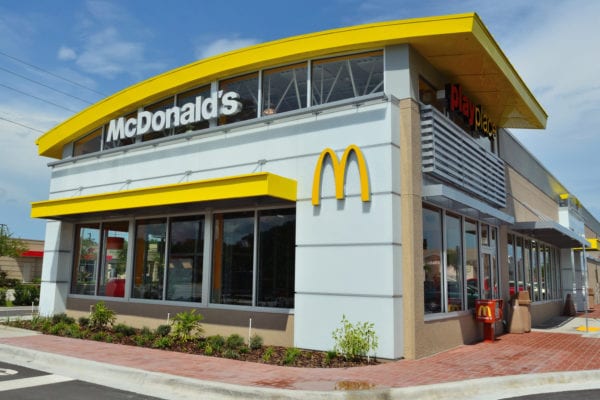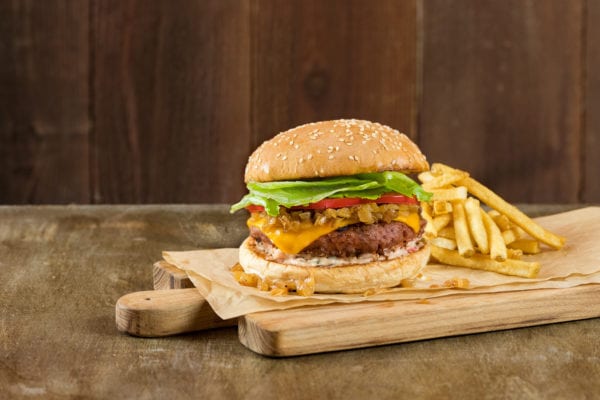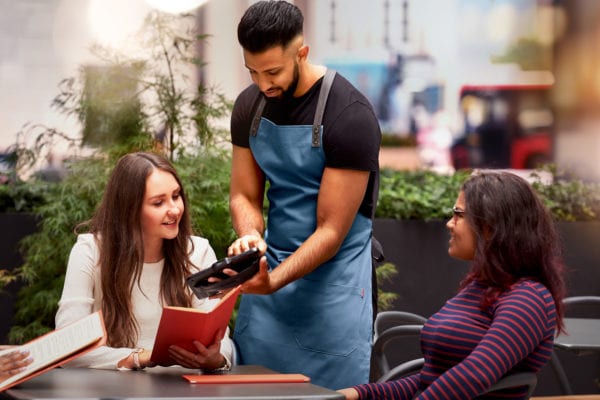Skift Take
While it may take some time and effort to change the way a chain operates, large and successful companies work hard to stay one step ahead of the game.
— Kristen Hawley
This post originally appeared in the August 7, 2017 Chefs+Tech newsletter. Subscribe to get the latest in your inbox.
Smaller, independent restaurants may be more agile when it comes to adapting to consumer preferences and trends, but watching the large corporations strategize and make changes offers great insight into macro trends and the future. While it may take longer for the large companies to implement big changes into their business, these changes create far-reaching ripples that fundamentally affect the industry. Indications from second quarter earnings reports are that everyone is focused on the guest experience — in-store, mobile, and delivery included.
McDonald’s, for example, is touting the roll-out of its Experience of the Future, or EOTF, stores. The newly-remodeled locations will “fundamentally changes the way customers interact with our brand,” according to CEO Steve Easterbrook. “We are providing an experience that is more personal and less stressful, matching our best people with technology platforms like self-order kiosks, digital menu boards and table service. Changes in the layout of our dining rooms and service areas create better customer flow.” The company plans to open 2,500 EOTF stores in the U.S. this year.
Chipotle, fresh off of more news of illness at one of its locations in July, hired a chief restaurant officer in May to improve operations, and implemented a new measurement and bonus system for employees based on customer satisfaction. The restaurant is also test-driving new menu items at its new Chipotle Next Kitchen in New York, where they can judge public sentiment around the new items, but also the training required to get a new item on the menu. (It’s serving queso and frozen margaritas right now, btw.)
For Yum Brands, the Taco Bell + Lyft partnership is the obvious experience to tout, but the company remains focused on its promise to lift Pizza Hut from its slump. It’s pushing delivery and loyalty hard, making good on its promise to hire more drivers and improve the ordering and delivery experience — in fact, expect more national advertising push from Pizza Hut as Yum works to build awareness of new digital and delivery efforts.
Shake Shack, which has been a publicly traded company since early 2015, is an interesting example of a restaurant upstart. It started with many of the things that larger chains are chasing — fresh ingredients and loyal fans who are active on social media. According to CEO Randy Garutti, the chain will be investing “more heavily than ever in technology to drive the inline and online experience.” This includes targeted and personal offers through its app, and potentially more special offerings like the chain’s new hot chicken sandwich, which was available only through the app before its official release earlier this month. “[I]nline and online experience” is a great quote — I’m going to use that a lot.
And, FWIW, Cheesecake Factory is staying the course when it comes to opening in malls. “We still are attracting people to come to the malls. The mall owners want entertainment and they want restaurants and they want to bring bodies into their malls and we’re still a prime candidate for that,” according to David Overton, Cheesecake Factory’s CEO. Interesting strategy given all the change malls have seen and will continue to see — but someone has to stay, right?




